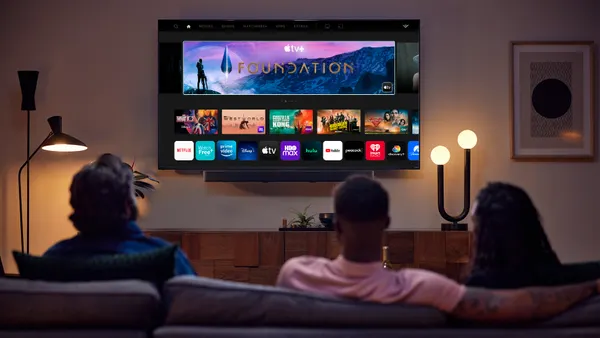Dive Brief:
- Wells Fargo's approval rating among consumers improved from a low of 58% in February 2019 to 73% in April, according to research by Brand Keys that was shared with Marketing Dive. The brand's image began improving after its CEO Timothy Sloan stepped down in March.
- The bank had seen consistent drops in its approval rating following scandals related to aggressive cross-selling efforts and the mishandling of mortgages. Marketing-related attempts at improving public perception followed, like several campaigns and a new logo, but the brand continued slipping further in customer acceptance.
- It was only once the brand took responsibility for its actions and put Sloan in front of a Congressional panel that the brand was able to recover engagement and loyalty.
Dive Insight:
A key takeaway for marketers from the Brand Keys' research is that it can be challenging to know how to drive loyalty in the 21st century. In an era where the 24-hour news cycle and social media reign, bad publicity can be tough to recover from with traditional tactics like PR campaigns and marketing pushes.
Starting in 2016, Wells Fargo suffered a series of scandals. The bank then tried to rebrand with an integrated marketing campaign in 2017 which included a tagline promising it was "Building better every day." This did little to improve the brand's image, according to Brand Keys' research. In 2018, the bank launched a campaign with the tagline "Established 1852. Re-established 2018" and loyalty numbers dropped from 65% to 63%, according to the research. The problem with these efforts was that nobody believed they reflected a sincere effort to change the way the bank does business, per the analysis.
A redesigned logo also failed to turn things around, with the bank's loyalty reaching a new low earlier this year at 58%, the lowest rate a company in the financial sector has seen for consumer approval without going out of business in the 24 years that Brand Keys has been measuring the sector. New logos typically only work for brands that are already doing well, per the analysis. In Wells Fargo case, a new logo did nothing to address what consumers were upset about, which was the company's bad behavior.
The removal of the company's president in a very public manner worked because it communicated that the brand is taking responsibility for its actions. In the era of social media, brands must adapt to the public conversation in order to win back trust after making major mistakes.
"'Loyalty' is far more than reward point programs and brand promises," Robert Passikoff, president at Brand Keys, stated in a press release. "Insincere apologies and ad campaigns don't go far in our socially-networked world. When you're talking to 21st century, hotwired-to-their-smartphone consumers, brands need to know what loyalty lever to pull to move the needle."









